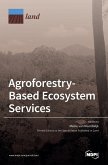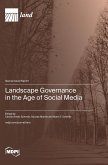Several natural processes determine the landscape and its evolution, over relatively short or relatively long periods of time. On the scale of human life, the evolution induced by common erosive-depositional processes or by transgressive-regressive phases can be considered slow compared with catastrophic events (volcanic eruptions, earthquakes, tsunamis or large mass movements). However, both can produce significant effects on human communities, which then respond, by adapting or migrating, to the natural modifications of the local landscape. Since protohistoric times, however, the increase in planned uses of the environment has resulted in human communities increasingly becoming the protagonists of landscape change. To a greater extent, in the historical period, the landscape has changed; these changes, more or less continuously, have been due to the overlapping of natural and man-induced processes. While, on the one hand, humankind has been and continues to be prone to natural landscape changes, on the other hand, in an attempt to mitigate the risks, they have become an actor in the creation of a new landscape more suitable for their needs. The purpose of this Special Issue (Historical Landscape Evolution) is to highlight the variations of the landscapes produced, in different locations and in defined time intervals and historical contexts, by environment-human interactions, evaluating, where possible, their relative weight and positive and negative effects on both human communities and the natural environment.
Hinweis: Dieser Artikel kann nur an eine deutsche Lieferadresse ausgeliefert werden.
Hinweis: Dieser Artikel kann nur an eine deutsche Lieferadresse ausgeliefert werden.








